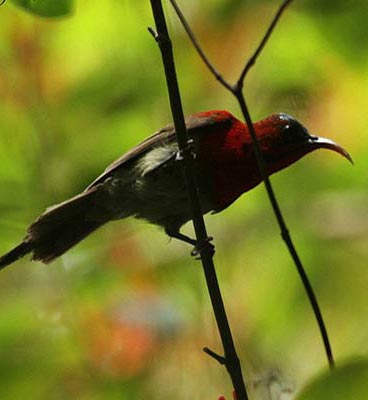Bird Watching in Rajaji
Rajaji National Park is located in the foothills of the Shivalik range in Uttarakhand and is a paradise for birdwatchers and nature enthusiasts. The national park’s rich biodiversity, which spans over 820 sq km, includes a variety of habitats such as deciduous forests, grasslands, and riverine ecosystems. These varied landscapes provide the perfect environment for both local and migratory bird species, making it a prime destination for birdwatching. Rajaji’s scenic beauty, coupled with its diverse avifauna, offers birdwatchers an unparalleled opportunity to observe rare and exotic bird species in their natural habitat. During the winter, the park attracts a significant number of migratory birds, with many congregating along the Ganges, particularly near the Bhimgoda Barrage in Haridwar.
The proximity of the barrage on the River Ganges near Rajaji National Park contributes to the sanctuary’s appeal by creating backwater reservoirs and a section of the river within Rajaji National Park. These aquatic habitats attract a diverse array of resident and migratory water birds, particularly during the winter months.
Birds of Rajaji National Park
Tourists flock to Rajaji National Park almost throughout the year, except for the monsoon season, as the national is closed to visitors. However, the winter season is considered the most ideal when it comes to birdwatching, due to the arrival of the migratory birds. Birdwatching is conducted in Rajaji National Park through jeep safaris.


Local Birds
1. Peafowl (Pavo cristatus)
2. Indian Grey Hornbill (Ocyceros birostris)
3. Crested Kingfisher (Megaceryle lugubris)
4. Red Junglefowl (Gallus gallus)
5. Indian Roller (Coracias benghalensis)
6. Oriental Pied Hornbill (Anthracoceros albirostris)
Migratory Birds
1. Bar-headed Goose (Anser indicus)
2. Black Stork (Ciconia nigra)
3. Great Hornbill (Buceros bicornis)
4. Pied Avocet (Recurvirostra avosetta)
5. Northern Shoveler (Spatula clypeata)
6. Ruddy Shelduck (Tadorna ferruginea)
Birdwatching Essentials in Rajaji National Park
1. Binoculars
2. Field Guide or Bird Identification Book
3. Camera with Zoom Lens
4. Notebook and Pen
5. Comfortable and Neutral-Colored Clothing
6. Hiking Boots or Sturdy Shoes
7. Hat and Sunglasses
8. Insect Repellent
9. Water Bottle and Snacks
10. Sunscreen and Lip Balm
11. Small Backpack
12. Warm Clothes (if visiting in winter)


